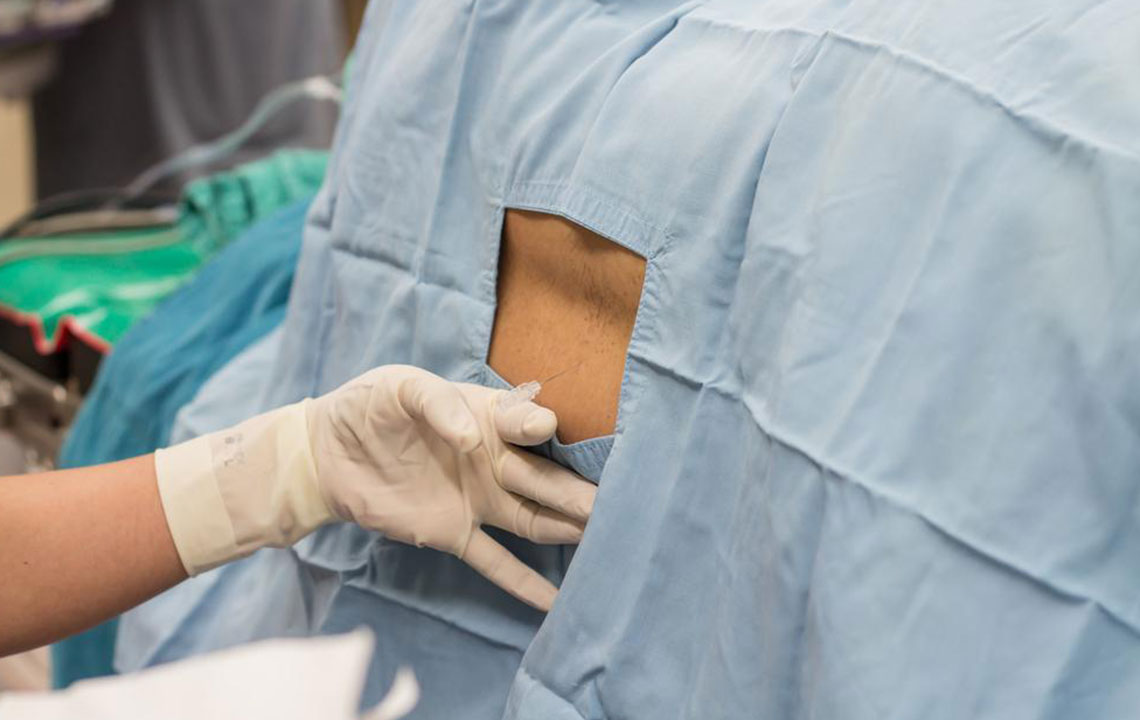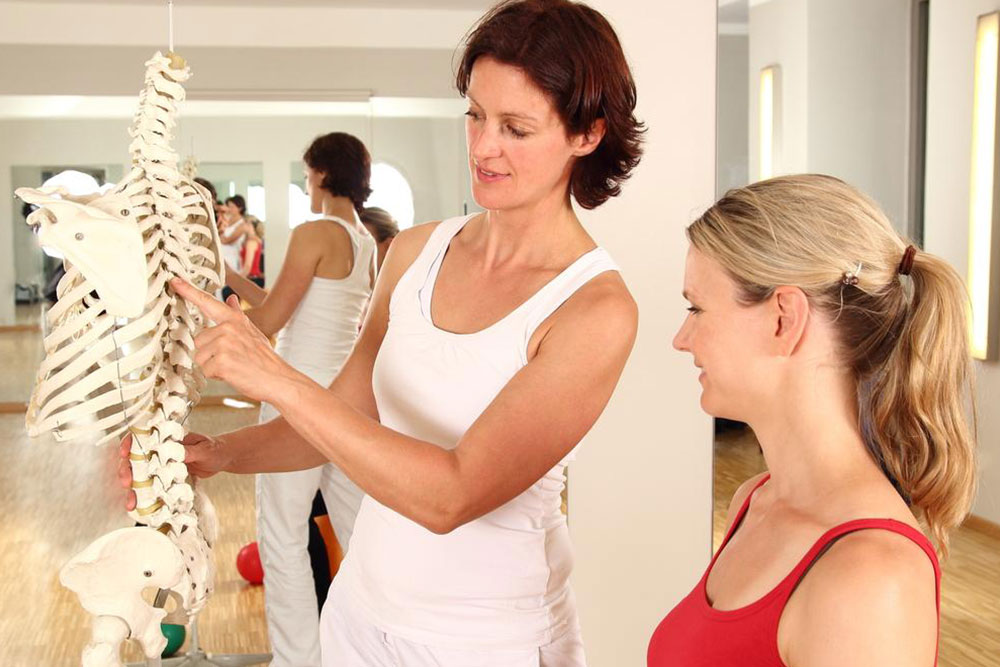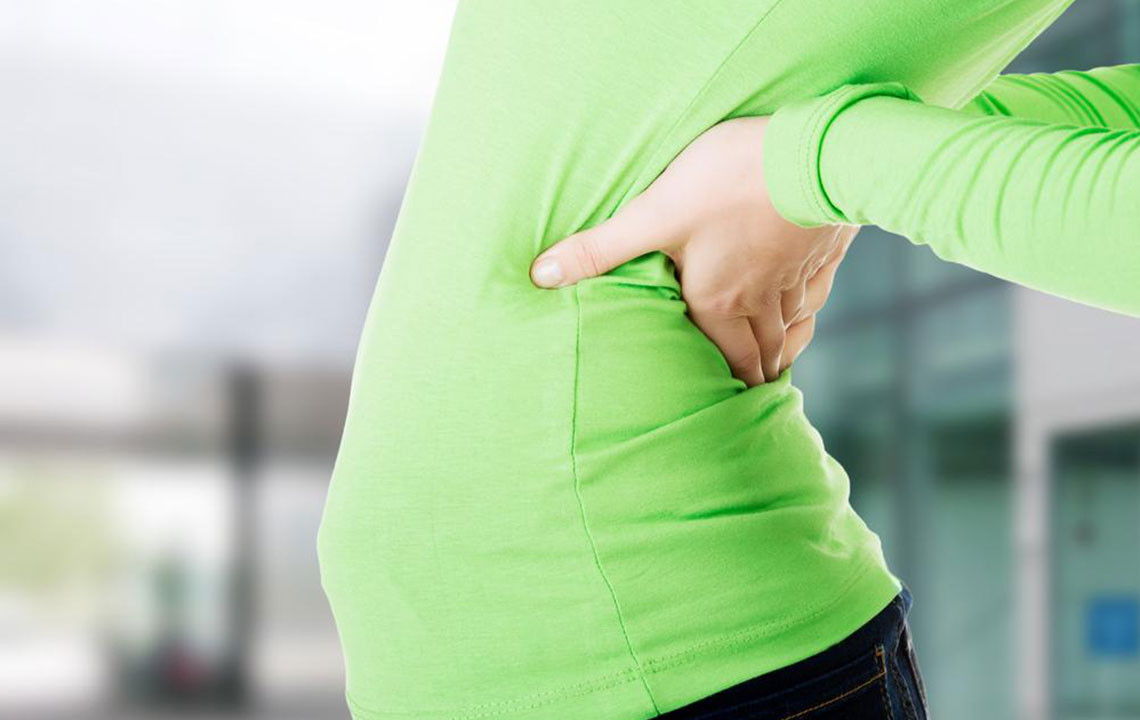Common Causes and Conditions of Vertebral and Spinal Health Issues
Learn about common vertebral and spinal health problems, their causes, symptoms, and treatment options. Understand how conditions like scoliosis, kyphosis, herniated discs, and osteoporosis affect spinal health. This comprehensive guide helps readers recognize symptoms early and seek proper medical care to prevent complications and improve mobility and quality of life.

Understanding Common Causes and Conditions of Vertebral and Spinal Health Problems
The human spine is a complex structure vital for supporting the body's weight, enabling movement, and protecting the spinal cord. However, various factors can compromise spinal health, leading to discomfort, pain, and mobility issues. Many individuals experience similar spinal conditions that can significantly impact their daily lives, especially with age or injury. This comprehensive guide explores the prevalent vertebral and spinal health issues, their underlying causes, symptoms, and potential treatment options.
Spinal Curvature Abnormalities – The spine's natural curves are essential for proper biomechanics and balance. When these curves become exaggerated or distorted, it can cause additional strain on the vertebrae and discs, leading to various disorders. Common spinal curvature abnormalities include:
Scoliosis – A sideways (lateral) curvature of the spine that often develops during adolescence but can affect adults as well. It may cause uneven shoulders or hips, back pain, and in severe cases, respiratory issues.
Kyphosis – An exaggerated outward curve of the upper back, sometimes called hunchback. This condition can result from degenerative diseases, osteoporosis, or congenital defects, leading to back pain and postural problems.
Lordosis – An excessive inward curve of the lumbar spine (lower back), which can cause lower back pain, muscle spasms, and stiffness. Causes include obesity, pregnancy, and certain neuromuscular conditions.
Degenerative Discs – As part of the aging process or due to injury, spinal discs can undergo degenerative changes such as thinning, hardening, and loss of elasticity. These changes can compromise spinal stability and flexibility.
Degeneration of discs often irritates adjacent nerves and destabilizes the spinal structure. Common issues include:
Bulging Disc – This occurs when weakened or damaged disc walls protrude beyond their normal boundaries, pressing against nearby nerves and causing localized or radiating pain.
Herniated Disc – A more severe form of disc protrusion where tears in the disc wall allow inner gel-like material to leak out and compress nerves. Symptoms include pain, numbness, tingling, or weakness in the legs or arms, depending on the location.
Fractures – Vertebral fractures often result from trauma such as falls or accidents, as well as from long-term conditions like osteoporosis, which weakens bone strength, making fractures more likely.
Spinal Instability – When vertebrae shift or misalign due to disc damage, injuries, arthritis, or congenital anomalies, it can lead to instability, causing nerve compression, pain, and loss of mobility.
Spinal stenosis, characterized by the narrowing of the spinal canal, can exert pressure on the spinal cord and nerves. This condition may result from degenerative changes, disc herniation, or thickening of ligaments, leading to symptoms such as pain, numbness, weakness, and tingling sensations.
All these spinal health issues can cause nerve impingement, resulting in pain, numbness, tingling, or muscle weakness, often affecting the limbs. Proper diagnosis and timely treatment are vital for managing these conditions and maintaining quality of life.





